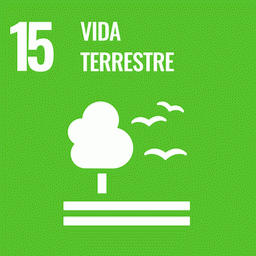This paper presents innovative ways to relate survey data to GIS maps, thereby making the connection of people and place more accessible for the research community. Based on data from rural areas in the Brazilian Amazon, we describe a successful effort to sample households while linking farm-level data to property boundaries, these boundaries generated from subjects’ interpretations of satellite images on a computer screen. The sampling framework is based on legislation requiring farmers to report to a government agency in a four-week period, and the farmers’ input allows for a more efficient means of identifying property boundaries as compared to GPS.
A Three-Fund Approach to Incorporating Government, Public and Private Forest Stewards into a REDD Funding Mechanism
The role of tropical deforestation in global climate change is a strong justification for its inclusion in the UN's global climate treaty. In order to successfully address deforestation and forest degradation in developing countries, a compensation scheme must...
